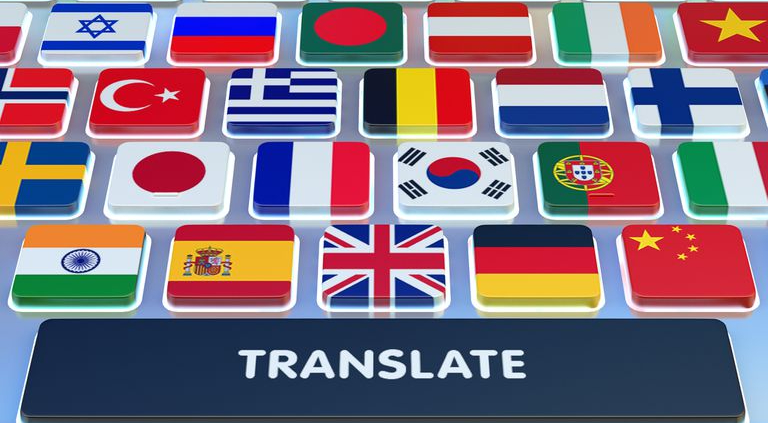
I begin with stating the obvious – we are natives of globalization. The why’s of brands investing in internationalization and consequent localization is staid knowledge. This draws attention to the growing intensity of cross-cultural marketing. Language, is one amongst many yet, a critical variable in the success of such marketing campaigns.
However, there have been epic fails by some of the leading brands in what may seem like a simple exercise of translating taglines and slogans in international markets. This compilation of brand failures to mind their language is a fun and light read, but one with some takeaways nonetheless.
First, these examples serve as hyperbole to illustrate my point, that we are very capable of and do miss the nose on our face. As a brand custodian and communication expert, we need to be alive to these obvious things to do, not in theory alone but in practice. A mindful practice. I use an incremental approach of beginning with a few guiding principles that govern every communication, until they become a part of the DNA, then add more. It is a habit-forming technique, what is your approach?
Second, every marketer in India is a regional marketer, by default. This is yet another obvious, that hides in plain sight. We have 22 official languages, not to mention the diversity in culture, values, traditions, slangs, norms, humour, gestures, phonetics.
Third, cross cultural marketing is not the reserve of those who conceptualize global marketing campaigns from corporate offices, or those who land them in a local-markets alone. It is the reserve of all marketers irrespective, whether they are entrusted with an audience type or geography. There is no homogeneous pool of consumers, but individuals with some common attributes. This brings to the fore the role of hyper-personalization.
Fourth, technology and automation can do nearly everything but not everything. Let us take online translation services for example. Honestly, we all have relied on an online translator- I have. However, I have always got a native speaker to validate the translation too. Google Translate cannot replace the human understanding of context, tone, grammar, verbiage when translating your advertisement or your website for that matter. Communication is creative, an idea, nuanced and you want to ensure it carries its soul & context across languages.
Last, borrow from the thesaurus carefully. Each synonym has a specific meaning and nuance, a simple swap may not cut ice.
Now, for the fun part, read on, have a hearty laugh at their expense (pun totally intended):
Pepsi: Digs its grave
Pepsi launched the “Pepsi Brings you Back to Life” campaign in Taiwan with a literal translation of “Pepsi Brings Your Ancestors Back from the Grave.”
HSBC: Lost in translation
In 2009, HSBC’s campaign “Assume Nothing” was interpreted as “Do Nothing” in several countries. It cost them ~$10 million to correct this mistake and arrive at “The world’s private bank”.
General Motors: No Go
General Motors’ small car “Nova”, read as no-va in Italian and Spanish meant “don’t go”. Eventually the name was changed to Corsa
Coors: Not easy to stomach
American brewing company, Coors entered the Spanish market, with its cool “Turn It Loose” slogan which translated into “Suffer from diarrhea”.
Green Giant: Eats its words
The frozen and canned food company’s “The Jolly Green Giant” translated to “Intimidating Green Ogre” in Arabic.
Braniff International Airways (now American Airlines): Takes the path less chosen
In 1987, America’s Braniff Airlines “Fly in leather” slogan was translated to Spanish as “Vuela en cuero” meaning “Fly naked”
Mitsubishi: Shifts Gears
Mitsubushi launched the rover vehicle “Pajero 4WD” in Spain. Only “pajero” means “jerk” in Spain. Later the car was rechristened to Mitsubishi “Montero”
Traficante: What were they smoking?
The Italian mineral water company Traficante promoted their water in Spain where “traficante” means “drug dealer”
Kentucky Fried Chicken: Burns their fingers
KFC’s first store in China discovered that “finger lickin’ good” translated to “eat your fingers off” in the market.
Schweppes: Flushed
In Italy Schweppes “tonic water” read “toilet water”
Kia Motors: Devil is in the details
Kia Motors launched Besta Van in Brazil. In Portuguese though, Besta means demon.
Taco Bell: Dumbbell
Back in 2015, Taco Bell’s Japanese website had some unappetizing translations “Cheesy chips” was “Low quality chips” and “Crunchwrap Supreme–beef” became “Supreme Court Beef” and the phrase “We’ve got nothing to hide” read “What did we bring here to hide it?”.
Salem Cigarettes: No smoke, No Fire
RJ Reynolds Tobacco Company’s brand-Salem was best known for industry’s first filter-tipped menthol cigarettes. In Japan however “Salem – Feeling Free” slogan got popular for its translation, “When smoking Salem, you will feel so refreshed that your mind seems to be free and empty.”
McDonalds: Excuse their French
When McDonald’s first brought its signature Big Mac to France, it was translated to “Gros Mec”, which read as “Big Pimp“.
American Motors: Goes for the Kill
Matador, American Motors car that stood for bravery and strength, when translated in Spanish meant “Killer”.
Donald Trump: Lame Duck
Why should politics be any different? Donald Trump tried to win the approval of the American Hispanic community, by using the slogan “Hispanics Para Trump”. Although in Spanish that just does not sound right. Not only should Hispanics be Hispanos but given the context it should be con not para. So much for Spanish being the second most widely spoken language in USA.
Frank Perdue: Gets Personal
Frank Purdue’s chicken producing company got a little to over-familiar for comfort in the Spanish market with its translation of “It takes a strong man to make a tender chicken” to “It takes an aroused man to make a chicken affectionate”.
Clairol: Bad hair day
Germans didn’t take well to Clairol’s “Mist Stick” curling iron. “Mist” being slang for manure, meant crappy uptake and a bad hair day some.
Hunt-Wesson: Knock-out
Some errors might not hurt sales just brand perception. Hunt Wesson’s baked beans was introduced in French Canada as “Gros Jos“, the slang for “big breasts“. That’s a knock-out!
Parker Pens: Slip of the Pen
What is the difference between embarrass and ‘embrazar’ (to impregnate)? Parker Pens should know that one by heart now, especially after ‘It won’t leak in your pocket and embarrass you’ ad read ‘It won’t leak in your pocket and impregnate you” in Mexico. That’s embarrassing!
Vicks: In a ‘F’ix
What happens when V is pronounced as F in a language? That’s what happened to Vicks Vapo Rub in Germany. Oh Fick’s!
American Dairy Association: Nip Slip
How do you think Latinos reacted to the slogan “Are you lactating?”. American Dairy was just translating their very successful slogan “Got Milk?”
Colgate: Does a Savita Bhabhi
Colgate’s Cue toothpaste was launched in France, only to realise a namesake of the brand in a pornographic magazine.
Ford: What’s the word?
Here is why thesaurus can let you down. Auto giant Ford went from “Every car has a high-quality body” to “Every car has a high-quality corpse” in Belgium. Not quite the communication they planned for
Ford: pulls a boner
They did it again. This time in Brazil with Pinto. Pinto is Brazilian slang for “Tiny male genitals”.
Bacardi: Monkey business
Bacardi concocted a fruity drink with the name “Pavian” to suggest French chic. In German though it was a different ball game-“baboon”.
Kinki Nippon Tourist Company: What’s in a name?
Why should Japan’s second-largest tourist agency be surprised if it gets unusual sex tour requests from English speaking markets?
Sharwoods: Got it A**wise
Sharwoods launched their ‘Deliciously Rich’ range of sauces in 2003, based on a traditional Northern Indian style of cooking, they adopted the name of ‘Bundh’ to promote them. “bundh” in Punjabi has a much less appetising meaning, literally meaning ‘arse’.
Honda: One track mind
The Honda Jazz known as ‘Fit’ in Japan, China and the Americas, was originally released as the ‘Fitta’. Turned out in Nordic languages this was a crass slang term for the female genitalia.
Sega: Play into the hands of words
Game console and software developer, Sega, were unaware of what Sega meant in Italy. Well, at least they gave teenage boys the chance to play with themselves, because that’s exactly what it translates to.
Panasonic: Didn’t speak the language
In 90’s Japanese company Panasonic were developing touch-screen technology. They introduced a mascot, Woody Woodpecker, with much success. To accompany it, there was a tagline which read: ‘Touch Woody – The Internet Pecker’. I rest my case. Thankfully it was changed to “Woody Touch Screen”
Budweiser : Gender Bender
‘King of Beers’ became ‘Queen of Beers’ in Spanish because the Spanish word for beer, ‘cerveza,’ has a feminine ending”
Volkswagen: Rides on its luck
Jetta, Volkswagen sedan, did not run out luck in Italy despite its lingual context. Italian alphabets do not have a “J” so Jetta is pronounced as “letta” which means misfortune.
American T-shirt designer: In need of a Grammar Nazi
When you have the Pope visiting Spain you dawn t-shirts especially printed for the occasion. However, if your t-shirt from a brand that does not know English here is what they meant vs what they wrote “I saw the Pope” (el Papa) vs “I saw the potato” (la papa).
Toyota: a turn off
Toyota’s Fiera car proved controversial in Puerto Rico, where ‘fiera’ translates to ‘ugly old woman’.
Paxam: Needs to clean up their act
Paxam an Iranian company mistranslated their laundry soap known as “snow” in Farsi to “barf” detergent for the English market.
Changan Automobiles: S** drive
The Chinese automobile company entered Brazil as Chana Motors. Phonetically, it sounded like the slang for a woman’s sexual organ.
Israeli Radio: advocates toxic relationship
When Israeli radio translated an ad for a dating company from Hebrew to English the word “intimi” (meaning intimate) in its title, became “Intimidate Dating Service”
Rolls-Royce: stinks
Not many Germans were enthusiastic about owning Rolls-Royce’s ‘Silver Animal Droppings’ car otherwise better known as ‘Silver Mist’ in the English market
Electrolux: takes a ‘pun’t
Translating into English is no mean feat either, ask Swedish vacuum manufacturer Electrolux. “Nothing sucks like Electrolux”, edgy or erroneous?
Mercedes-Benz: end of the road for some
Chinese market was a little hesitant with the label of Benzi, with its suicidal meaning “rush to die”
Nokia: talks dirty
In 2011, Nokia, released the ‘Lumia’ smartphone to great acclaim. However, they neglected to check what ‘Lumia’ means in Spanish… turns out it means ‘prostitute’.
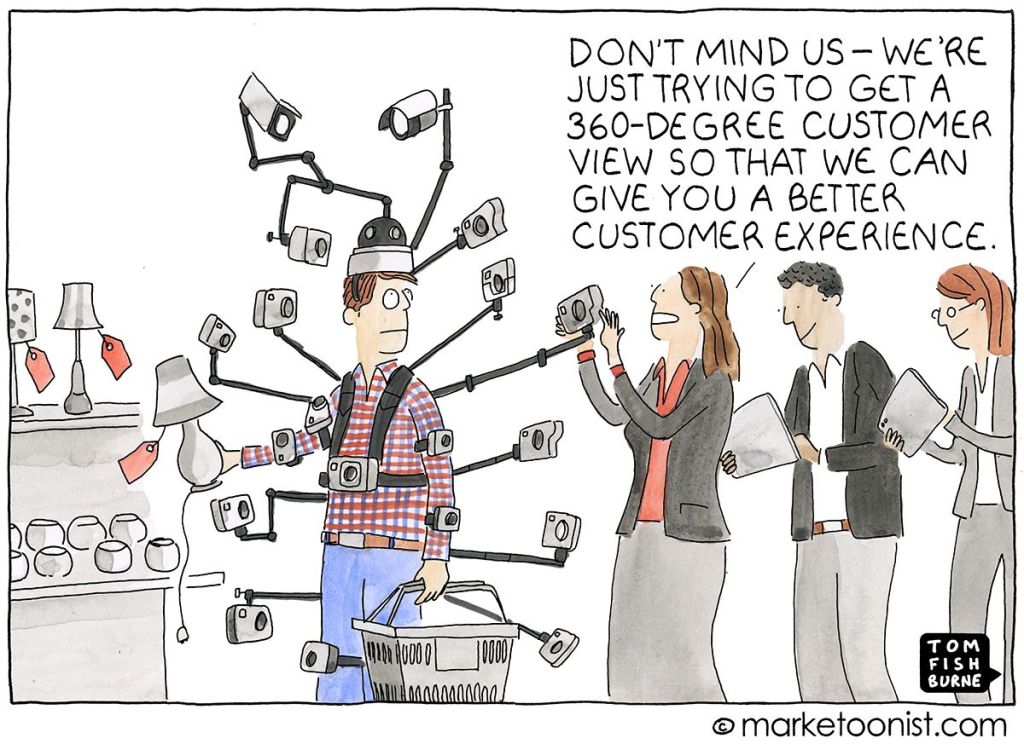
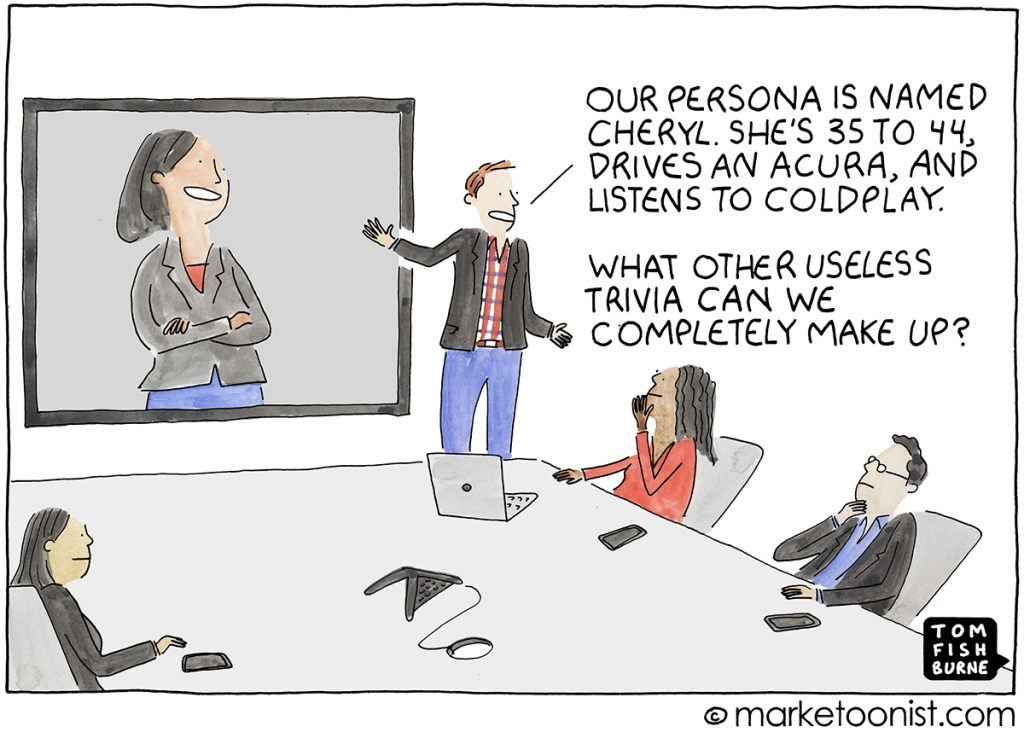
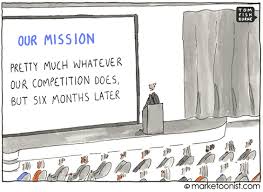
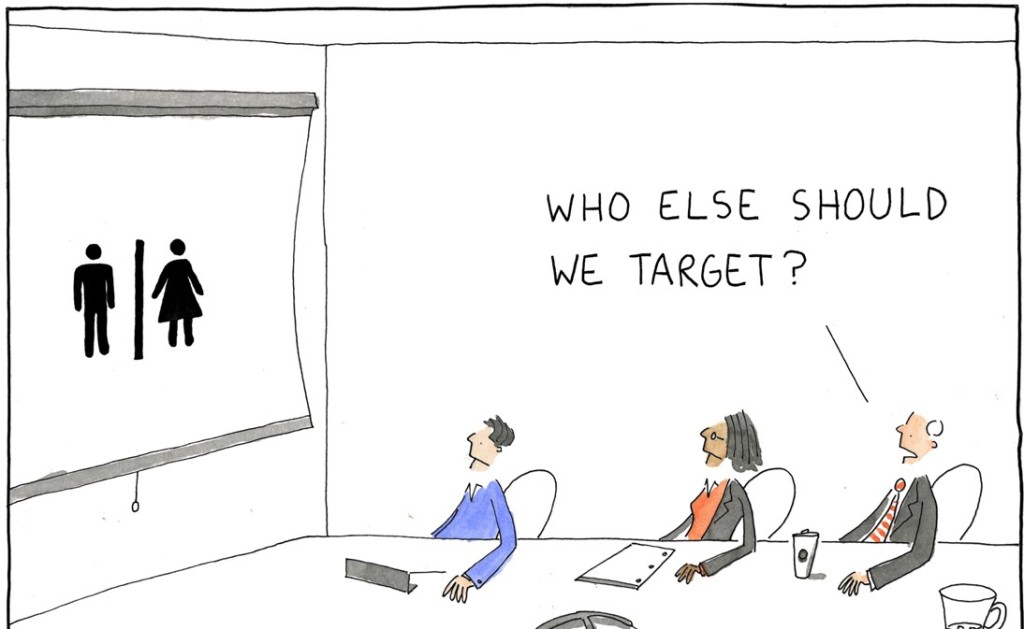

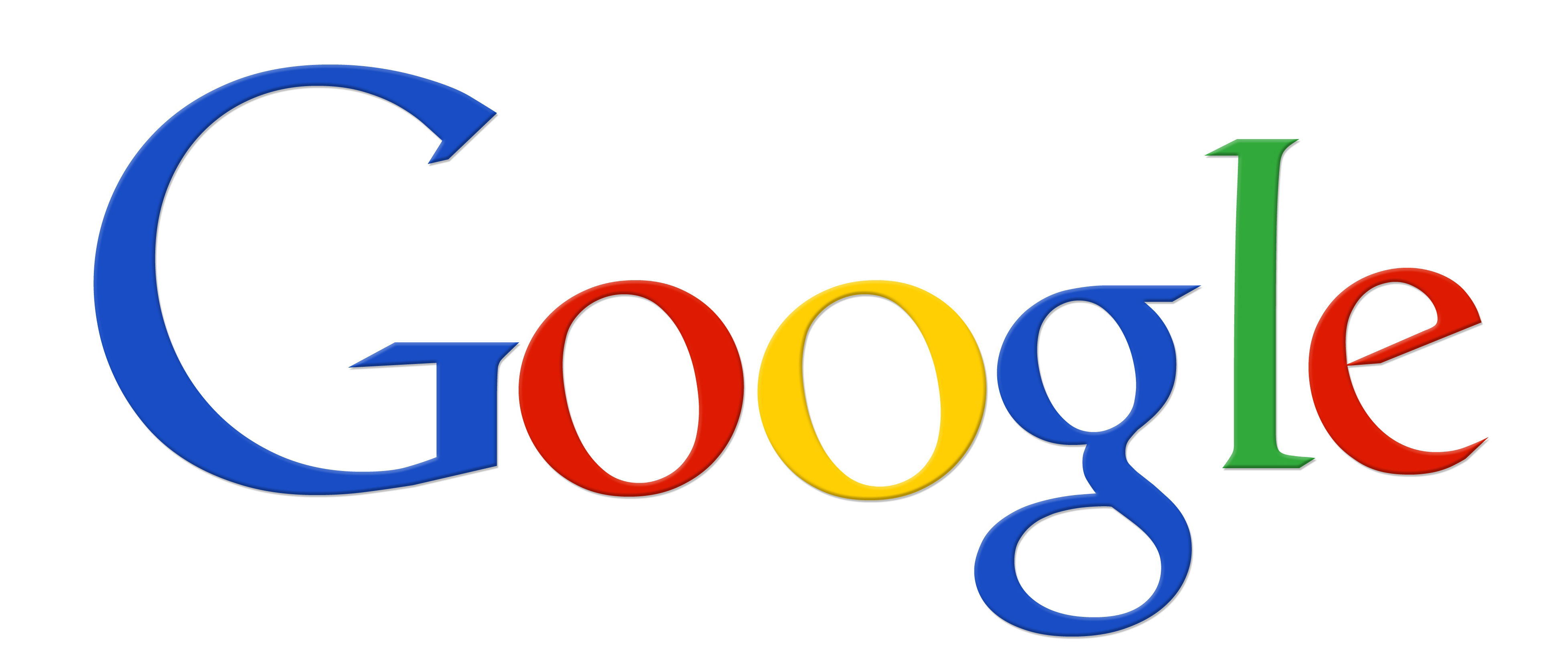
 Since my teenage years, I have been generous on my scale. Adolescence is not very kind, anyway. Self-deprecating humour makes for a great defence strategy. A strategy that I employed in large measures unknowingly. Although I am blessed with genes that render me attractive, there always is self-doubt. I have been on several diet plans with varying levels of commitment and results. Paid annual memberships to gyms that in the beginning were partially put to use. Later they were charity. Much like Aerobics, Zumba and whichever fad did the rounds. When I contracted jaundice and typhoid simultaneously I exclaimed in joy in the doctors chamber for that was my ticket to shedding kilos. Alas! that didn’t happen in the measures I expected, instead I developed an appetite for paranthas that I otherwise never ate. In fact, I was once even prescribed medication that was said to aid weight loss. I have tried homeopathy too. My medical records are squeaky clean so there is nothing I can pin it on. Sometimes I wished for it to not be so, so I could have my excuse. Even when I would see some results with intense efforts, they never lasted long enough. It didn’t help that my efforts had to be disproportionately more than others. It was the classic yo yo. Am not surprised at the number of wardrobes I need to cater to all my fluctuations. I set limitations on myself, about what I could do, about what I could wear. I set boundaries that affected me. It only became worse with years.
Since my teenage years, I have been generous on my scale. Adolescence is not very kind, anyway. Self-deprecating humour makes for a great defence strategy. A strategy that I employed in large measures unknowingly. Although I am blessed with genes that render me attractive, there always is self-doubt. I have been on several diet plans with varying levels of commitment and results. Paid annual memberships to gyms that in the beginning were partially put to use. Later they were charity. Much like Aerobics, Zumba and whichever fad did the rounds. When I contracted jaundice and typhoid simultaneously I exclaimed in joy in the doctors chamber for that was my ticket to shedding kilos. Alas! that didn’t happen in the measures I expected, instead I developed an appetite for paranthas that I otherwise never ate. In fact, I was once even prescribed medication that was said to aid weight loss. I have tried homeopathy too. My medical records are squeaky clean so there is nothing I can pin it on. Sometimes I wished for it to not be so, so I could have my excuse. Even when I would see some results with intense efforts, they never lasted long enough. It didn’t help that my efforts had to be disproportionately more than others. It was the classic yo yo. Am not surprised at the number of wardrobes I need to cater to all my fluctuations. I set limitations on myself, about what I could do, about what I could wear. I set boundaries that affected me. It only became worse with years.
